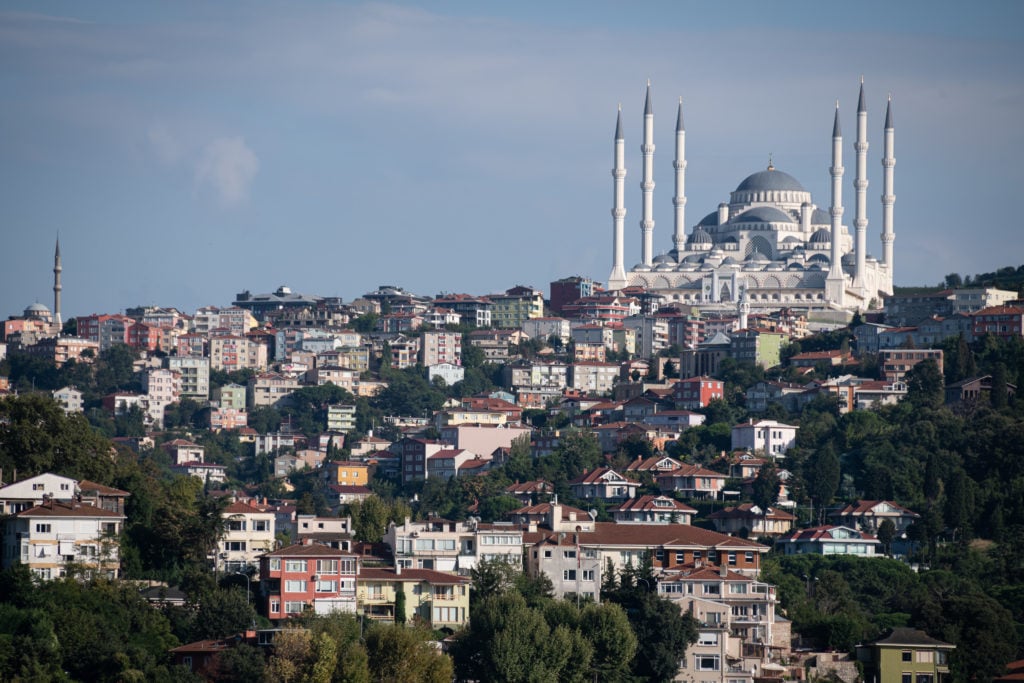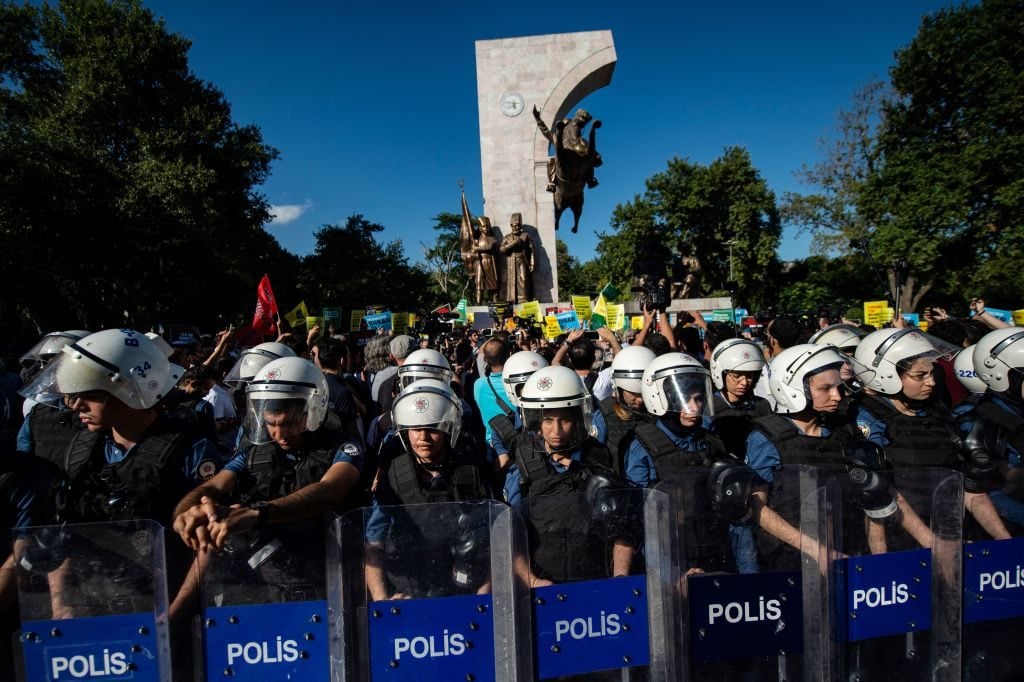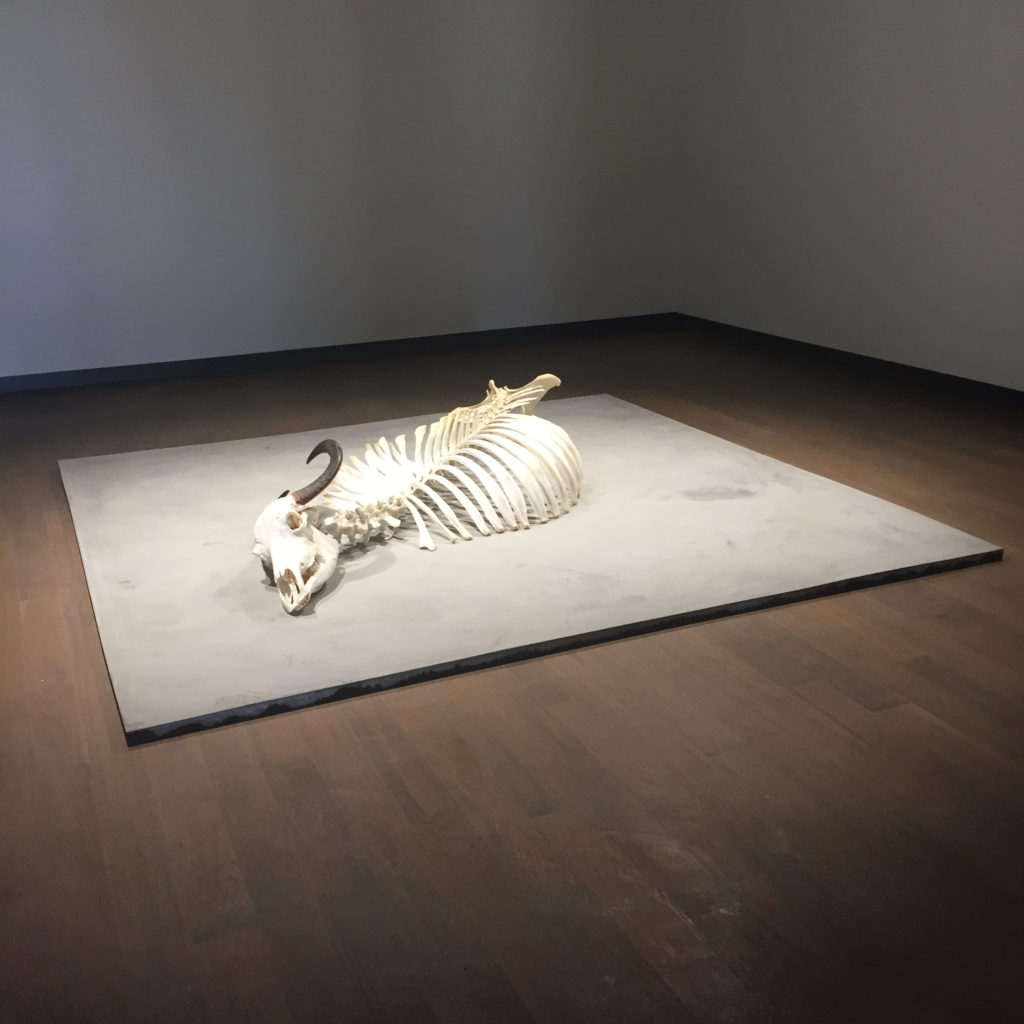Politics
Despite Government Crackdowns on Freedom of Expression in Turkey, Billions of Dollars Are Being Invested in New Museums
After a period of stagnation, investment is up across the country.

After a period of stagnation, investment is up across the country.

Naomi Rea

At the inauguration of the Contemporary Istanbul art fair this year, its chairman Ali Güreli expressed confidence that Turkey would soon become one of the top five major art hubs in the world, declaring, “We expect that the forthcoming years will be marked by the introduction of Istanbul into the first five arts and culture metropoles in the world.”
But it is difficult, even wandering the beautiful streets of Istanbul, to forget about the Turkish government’s authoritarian drift. As of February, 157 journalists were locked up in Turkish prisons, according to the European Federation of Journalists, and guarantees of freedom of speech are protected only intermittently.
Last summer, Turkish authorities imprisoned the singer Jiyan for spreading “terrorist propaganda,” after she voiced the word “Kurdistan” in her lyrics, referring to the rough geo-cultural historical region with a majority Kurdish population, which includes parts of southeastern Turkey. Meanwhile, censorship of television and media is escalating, with the government passing new laws last spring to force digital streaming services to get approval from an official media watchdog, in order to crack down on perceived “immoral” content such as smoking and drinking, and social media sites such as Facebook and Twitter are intermittently blocked in the name of “national security,” the Economist reports.
So how far can a country’s art scene really go in an environment where free expression is often stamped out?

Turkish anti-riot police officers stand guard as demonstrators gather on July 27, 2019, in Istanbul to support refugees and demonstrate against the Turkish government’s recent refugee action. Photo by Yasin Akgul/AFP/Getty Images.
Not long ago, Turkey’s contemporary art scene was blooming, and many artists were unafraid to address the plight of Turkey’s religious and ethnic minorities. Between 2008 and 2013, the country’s art market also enjoyed relative good health, and attracted a number of international collectors and galleries to invest in the scene.
But after President Recep Tayyip Erdoğan rose to power in 2014, the country shifted direction. Erdoğan quashed his opponents, arrested critics and opposition journalists, and removed outspoken detractors from positions of power.
Demonstrations against the rapid urban development of the country escalated into mass protests, leading to a government crackdown. After a failed coup attempt in 2016, the country’s reputation was further stained by the deaths of several hundred people.
Since then, the economy has contracted, inflation and unemployment have soared, and international collectors and curators, who just a few years before had vaunted the country’s potential, stopped coming to the once-celebrated Istanbul Biennial. Bigger galleries closed, and artists began to move away, particularly to Berlin.
Artists who have remained have carefully tried to avoid the fate of Kurdish artist and journalist Zehra Doğan, who was recently freed from prison after three years for painting a watercolor of a military attack. After her arrest, the Turkish judiciary said her art “exceeded the limits of artistic criticism.”

Ozan Atalan’s work Monochrome in the Istanbul Biennial. Photo by Naomi Rea.
“There is a huge contradiction between the art and culture world, the intellectuals, and the government,” Hasan Bülent Kahraman, a Turkish writer and formerly a senior advisor in the country’s ministry of culture, tells artnet News.
“Contemporary art, be it in the [US] or London or Turkey, is always very political, very harsh, very severe, very tough, very adversarial,” Kahraman says. “It is natural that any political power will have a distaste for art,” he says.
At the Contemporary Istanbul art fair, much of the work was decorative and politically safe. Yet there were a few notable exceptions, among them İz Öztat’s poignant work The Whip of Justice, which subtly references the government’s suppression of protest and freedom of expression. Within the first two days of the fair, the piece sold to the Moscow Museum of Modern Art.
The Turkish artists included in this year’s Istanbul Biennial—organized by the leading French curator Nicolas Bourriaud and centered on the theme of humanity’s impact on the environment—were also critical of the government. Elmas Deniz called attention through her work to the disappearing rivers and creeks in the city. Meanwhile, Ozan Atalan’s work Monochrome, which included a sculpture of an animal carcass, criticized the displacement of roaming water buffalo by the construction of the new Istanbul airport, among other building projects.
Kahraman remains optimistic about the future of Istanbul’s art scene. He anticipates a new wave of international cultural development will wash in as a result of Turkish capitalists investing in the market.
And there are already fruits from their efforts. The Koç Foundation, an arm of Koç Holding, Turkey’s biggest industrial conglomerate, expanded its Arter Museum with a splashy new building that opened last week. In total, private funders have invested the equivalent of $5 billion into art and culture institutions such as the Evliyagil Museum, a nonprofit gallery founded by collector Sarp Evliyagil that promotes and sells the work of young artists.
Other cultural institutions are slated to open within the next five years, such as the Istanbul Painting and Sculpture Museum in 2020.
But it is difficult to imagine Erdoğan making any liberalizing reforms. His government has thus far encouraged the revival of traditional art techniques such as calligraphy and ceramics through initiatives such as the festival of Ottoman and Islamic arts and crafts, which Erdoğan launched in Istanbul last year. Changes, it seems, will have to come from without. In June, Ekrem Imamoglu, an opponent of Erdoğan, was inaugurated as Istanbul’s new mayor and promised to uphold democratic institutions.
“The future of Turkey depends on the understanding and endorsement of [culture] by all players in society,” says Güreli, the chair of Contemporary Istanbul. “The private and public sectors need to work within the framework of long-term strategies.”